- Home
- Home Insulation
- Internal Wall Insulation
Is Internal Wall Insulation Worth Installing?
Internal wall insulation is most used when a house has solid external walls. So typically in home that were built in the 1920’s s or before (although there are some exceptions).
If this describes the walls in your home, then you really only have two choices when it comes to insulation; either internal insulation or external insulation. And if you live in an area where the exterior look of your property can’t be altered, for example in an area of outstanding natural beauty or your home is listed etc. Then you’ll have to go with internal insulation.
Biggest Issues in Houses with Solid External Walls:
- The walls are cold and as such the risk from condensation and mould is increased
- The walls are more likely to be damp as there is no break in the structure (such as a cavity in a cavity wall).
- Because they’re cold your home will be harder to heat, meaning your boiler will be firing more often and your gas or oil bills will be much larger.
How does Fitting Internal Wall Insulation Help?
- The internal wall insulation will provide a layer of insulation to increase the internal surface temperature of the wall thereby reducing the risk of condensation and mould.
- The insulation won’t reduce the risk of dampness to the wall, but it will (assuming you use a natural insulation material) allow the moisture to evaporate away and not cause any other issues (unlike the man made insulation materials).
- Once installed you will have a layer of healthy insulation which will help reduce draughts and enable your home to hold onto its heat for longer. Meaning your boiler will fire less often and that means lower gas/oil bills.
Things to Know About Internal Wall Insulation:
- With older stone walled buildings, it’s important that they can breathe as this reduced the risk of damp and condensation within the walls.
- It’s less important with solid brick walls as bricks don’t breathe that well. But with stone walls it is essential that they can breath.
- The u-value of a 500 mm solid stone wall will be around 1.6W/m² and 50 mm of breathable insulation could bring that down to 0.6W/m².
Whether you’re going to use internal or external insulation, I’m a big fan of natural insulation materials over man-made insulation for a number of reasons.
- They breathe.
- They’re hydrophobic, which means they can easily absorb and release moisture depending on the conditions at any given time and they can do this without significantly reducing their insulation properties.
- They contain much less harmful chemicals (if any, depending on the material you choose), to off-gas into your home over the rest of your life.
- Regardless of what insulation product you choose you should always get a dew point calculation carried out to ensure you are not going to cause an interstitial condensation issue within the fabric of your home. By adding insulation you will change the temperature of the walls and therefore the position in the wall where the temperature will fall to a level where condensation could occur. Your insulation provider should be able to do this for you.
Why is This Important:
Old solid walled buildings have to be maintained vapour open (breathable) as opposed to vapour closed (like modern builds). The reason this is so important, is anything that is added to the walls that forms a vapour barrier, as opposed to a vapour control layer, would stop the transfer of water vapour through the structure. This would also trap moisture within the wall where it can cause problems such as rot, dampness, mould and weakening of the structure, etc.
As built, solid walls would not have had any type of barriers in the structure, so water vapour was free to move through the structure in either direction, depending on atmospheric conditions. This all worked really well until we started trying to make our homes as warm as we could by insulating the solid walls, sealing up the draughts around windows, doors, and around services etc, without providing adequate controlled ventilation.
These homes never had any form of controlled ventilation such as trickle vents in windows, extractor fans, etc., and they didn’t need them, as they were so draughty. But when you seal up all the uncontrolled ventilation and there is no controlled ventilation, you end up with a sealed box. This quickly becomes full of stale damp air, and you start to get black mould crowing on all the cold surfaces.
So, what did we do then? We decided to insulate internally.
The Traditional Method of Installing Internal Wall Insulation:
The traditional method of doing this was to build a timber frame inside the walls and fill it with fibreglass or mineral fibre wool and then this was sealed with a sheet of Polythene (which forms a total vapour barrier) to stop the water vapour getting to the cold surface of the solid wall where it would condense and form mould, etc., Another alternative was to add rigid foil backed insulation boards between the studs of the timber frame, and the foil backing acted as a vapour barrier.
The net result was the vapour barrier probably did stop a lot of water vapour getting to the wall from inside the property, assuming it was well fitted and sealed to the walls and junctions (which I’d be amazed if it was). But it also traps moisture which evaporates from within the structure and holds it against the timber frame where it can ultimately cause rot, mould and damp issues.
The big issue, which we now realise, is that water vapour doesn’t just move from inside out, but in warmer months it moves from outside in, and the polythene sheet then traps that moisture.
What is the Correct Way to Install Internal Wall Insulation?
The secret, as I see it, is to use natural insulation materials such as wood fibre, where appropriate. If any of your external ground levels are above internal ground levels, you’d need to use polystyrene sheets in these areas to prevent the wood fibre rotting. The natural insulation absorbs and releases water vapour easily and allows the solid wall to perform as designed while still insulating it.
You don’t even need to install a traditional sheet type vapour control layer, as you can use vapour regulating plaster with a lime skim coat (see image below). It’s actually more straightforward than the traditional method and better for you and your home. You should always get a condensation risk analysis done prior to buying your insulation materials to make sure there is no risk from interstitial condensation. Your supplier should be able to do this for you.
Advantages of Internal Insulation:
- You will feel the benefit quicker as your heating system doesn’t have to heat the thermal mass of the walls.
- It's cheaper to install than external insulation.
- A small amount of internal insulation can make a noticable difference to the warmth you feel within your home, so you don't have to add huge thickness of insulation.
Disadvantages of Internal Insulation:
- There is an increased risk of damage to the main walls as the heat from inside the building is no longer drying out the wall, and this can result in the walls staying damper than normal.
- It can allow cold bridging, where there is a break in the internal insulation, for example when an internal wall touches an external wall (see the first image on this page) and this can cause condensation issues.
- Your room sizes will decrease.
- It’s pretty disruptive to install as you’ll have to move radiators, fireplaces and electrical switches etc. out from the original wall and once you’ve finished you’ll have to redo all your internal joinery and redecorate.
Risk Factors when insulating solid walls with either internal insulation:
- Risk of increased relative humidity, damp, and mould growth if the controlled ventilation within the property is not improved at the same time as being insulated.
- Overheating is a risk, as the thermal mass of the solid walls is decoupled. The large thermal mass of the walls would normally help regulate the speed at which a property heats up or cools down.
- Attached properties can be at increased risk of dampness and mould, as the temperature signature of some walls adjacent to the insulated property will change.
- Increased risk from Radon gas in certain areas due to reduced ventilation.
- If using man-made insulation materials, there is an increased, temporary risk, from higher levels of toxic volatile organic compounds (VOCs) including formaldehyde from the adhesives and other substances used in man-made insulation products.
As you can see there are advantages and disadvantages to installing internal wall insulation.
But personally, I feel the advantages far outweigh the disadvantages, provided you use natural insulation materials and vapour regulating plasters etc. when installing your internal wall insulation.
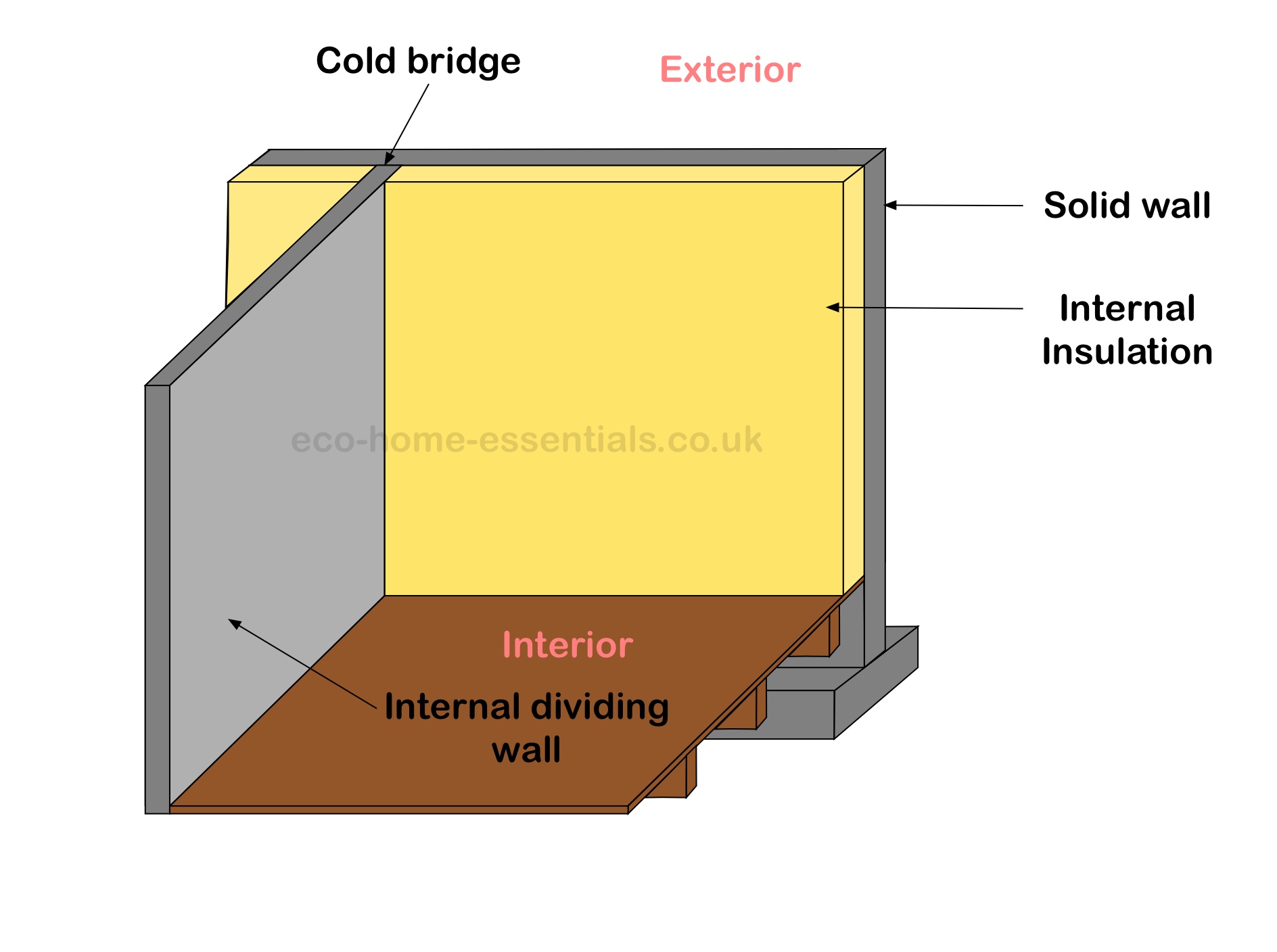
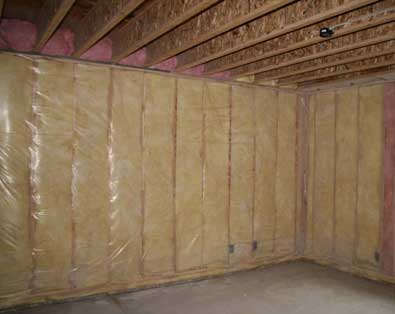
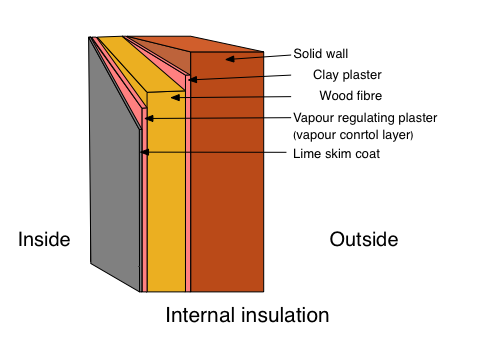
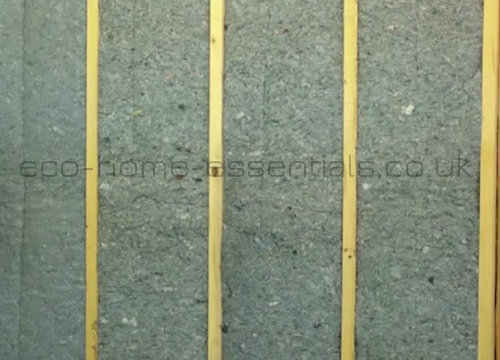
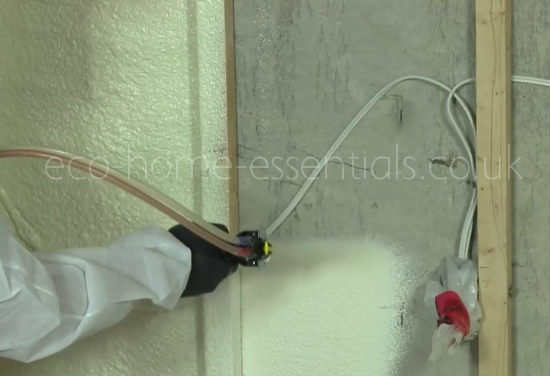
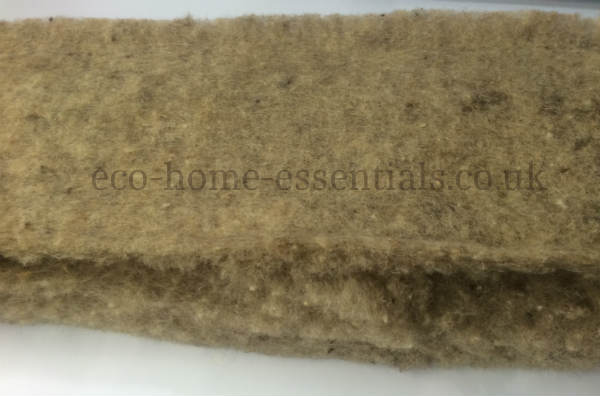
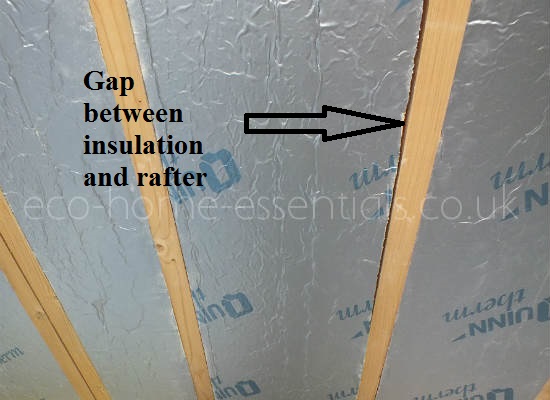
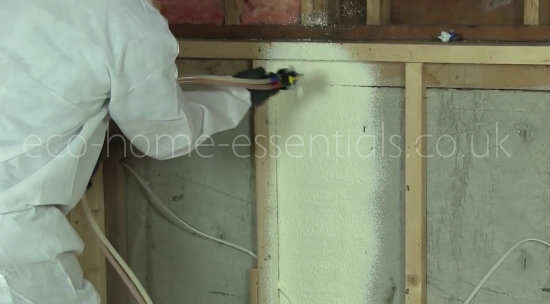
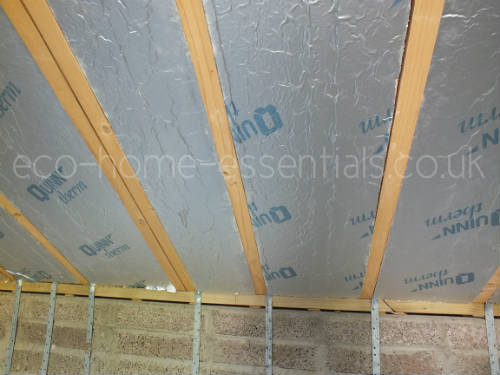
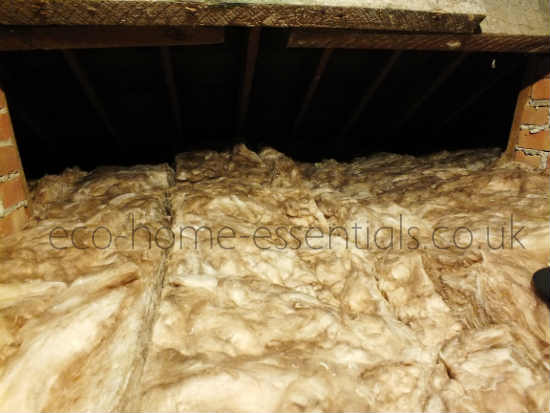
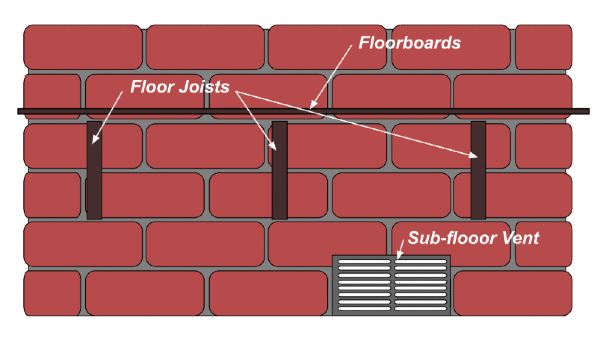
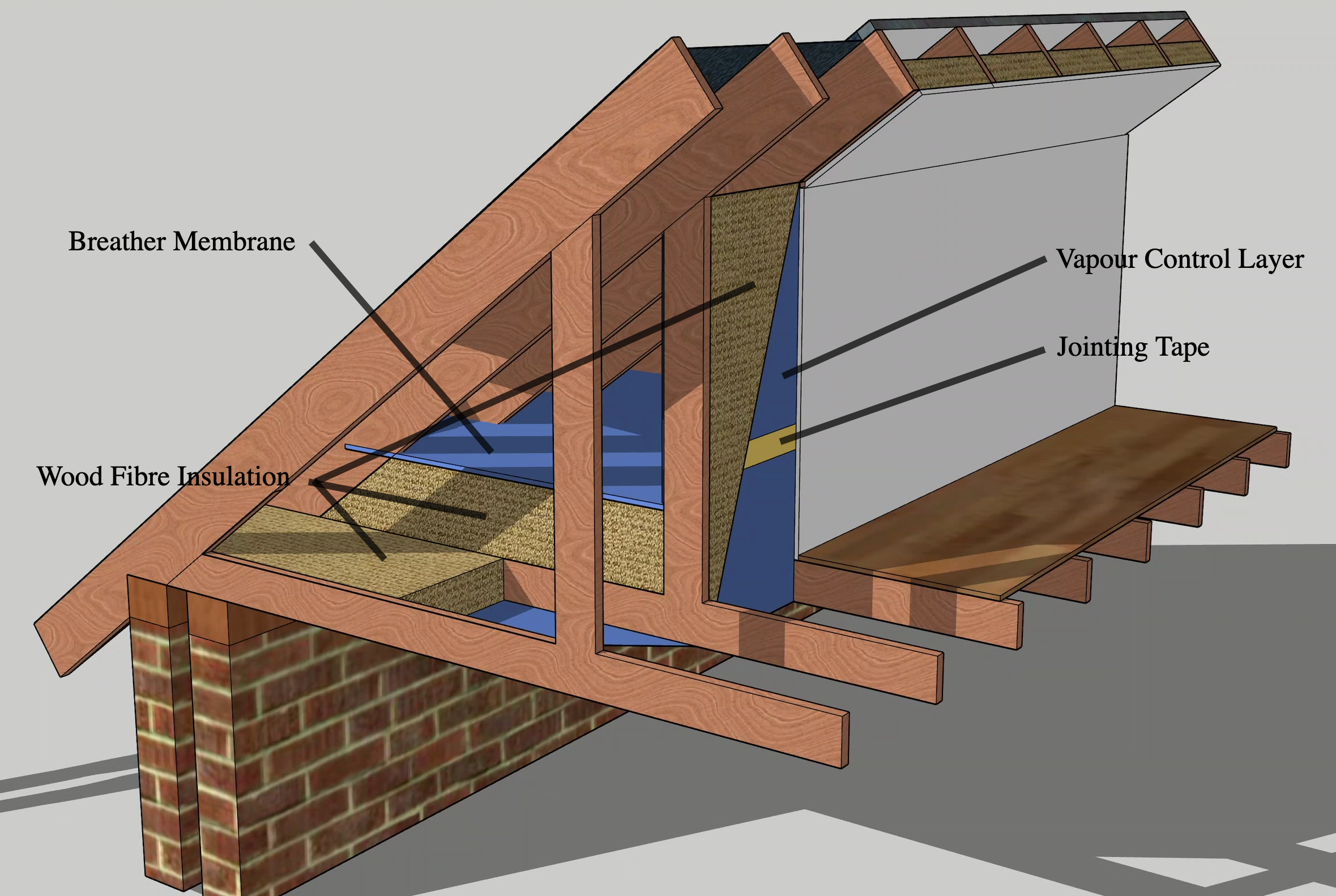
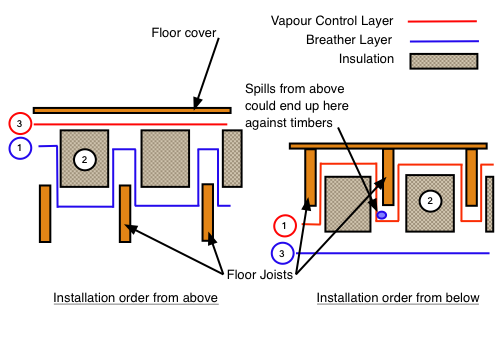
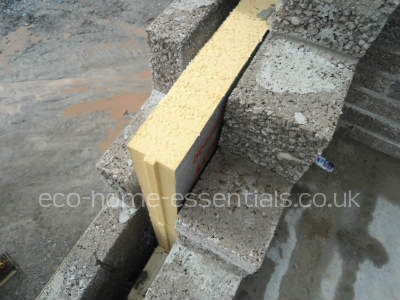
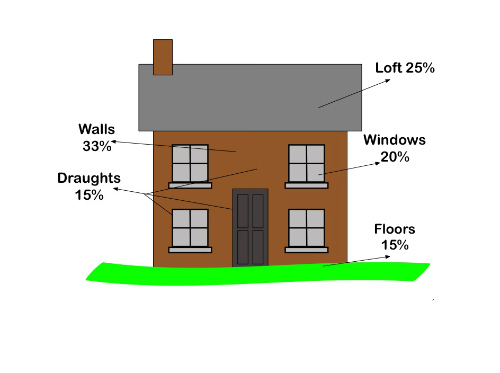
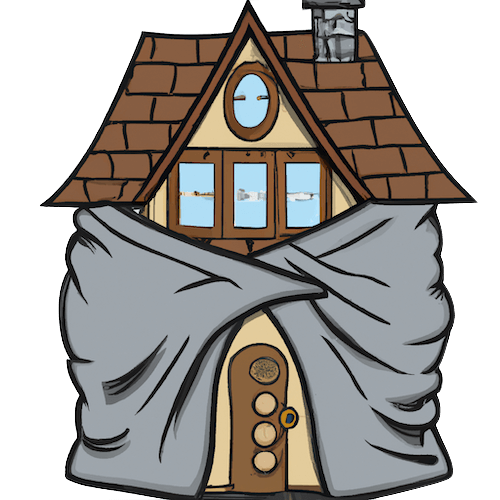
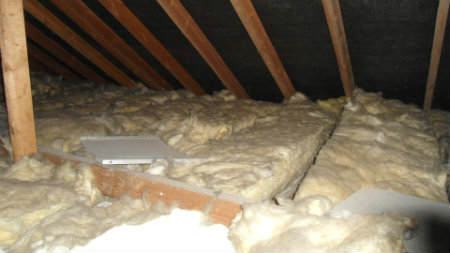
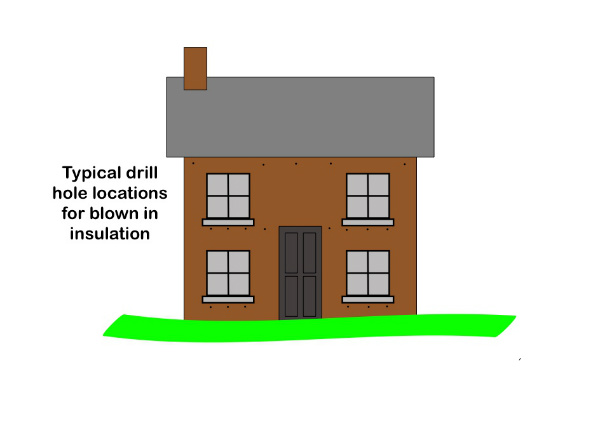
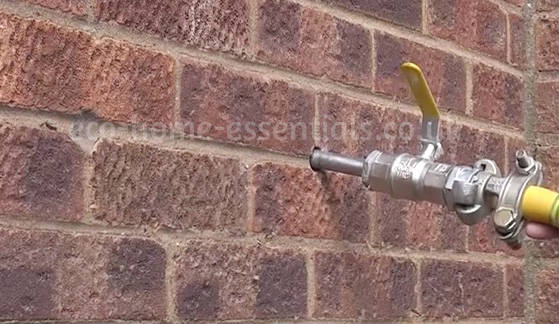
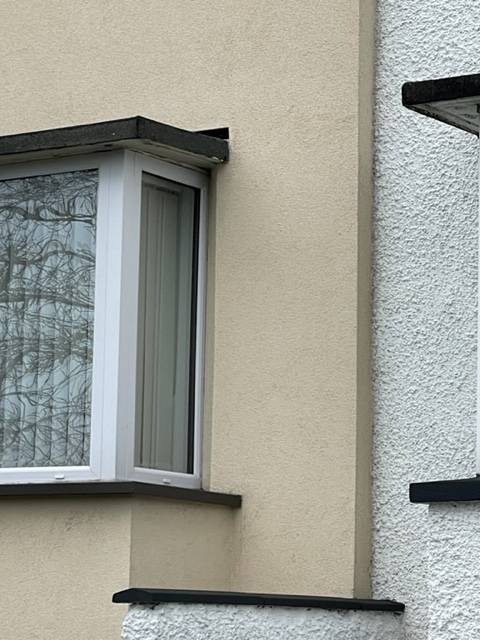
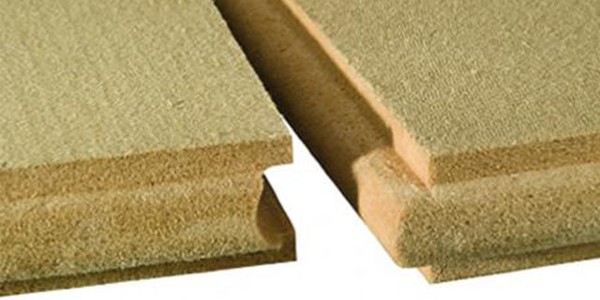







New! Comments
Have your say about what you just read! Leave me a comment in the box below.